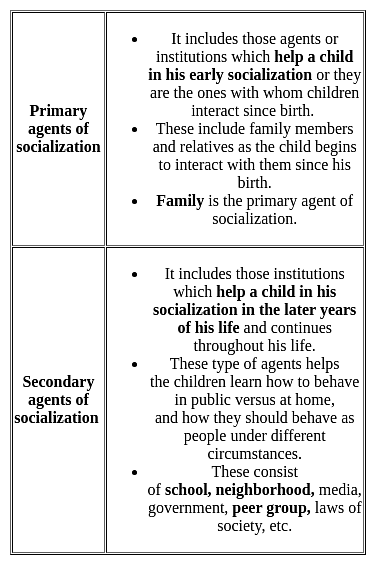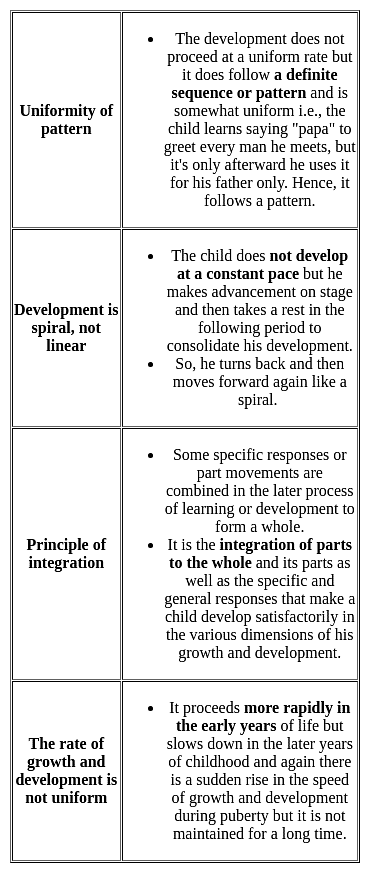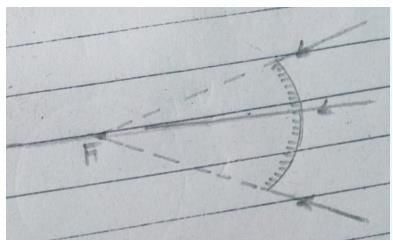HSSC TGT Science Mock Test - 1 - HSSC PGT/TGT MCQ
30 Questions MCQ Test - HSSC TGT Science Mock Test - 1
The chronological growth from reflexive reactions to more advanced functioning is termed as:
______ is the concentration of a toxin at successively higher levels in a food chain.
Consider the following:
1. Kulhs
2. Khadin
3. Johads
4. Madakas
5. Ahar
Which of the following are Rainwater Harvesting methods?
The concept of carbon credit originated from which one of the following.
Which of the following statements regarding growth spurt is correct?
I. The growth spurt is completed in girls around the age of 17-19 years.
II. The growth spurt starts in boys around 10-12 years of age.
Which of the following principles of growth and development signifies the movement from whole to parts and from parts to the whole to develop the ability of a child to perform specific movement?
Substrate level phosphorylation occurs during which step of Krebs' cycle?
Which of the following steps of respiration is amphibolic?
The oxidation state of Mo in its oxo-complex species [Mo2O4(C2H4 )2(H2O)2]2- is :
The device or arrangement to detect and check plane polarized light is called
A convex mirror has a focal length = 20 cm. A convergent beam tending to converge to a point 20 cm behind convex mirror on principal axis falls on it. The image if formed at
What mass of hydrochloric acid is needed to decompose 50 g of limestone?
The potential energy of an electron in the second Bohr's orbit of the he±
Carbohydrates containing two to ten monosaccharide molecules are:
How many hot spots cover India's high biodiversity regions ?





 GTP/ATP
GTP/ATP

















